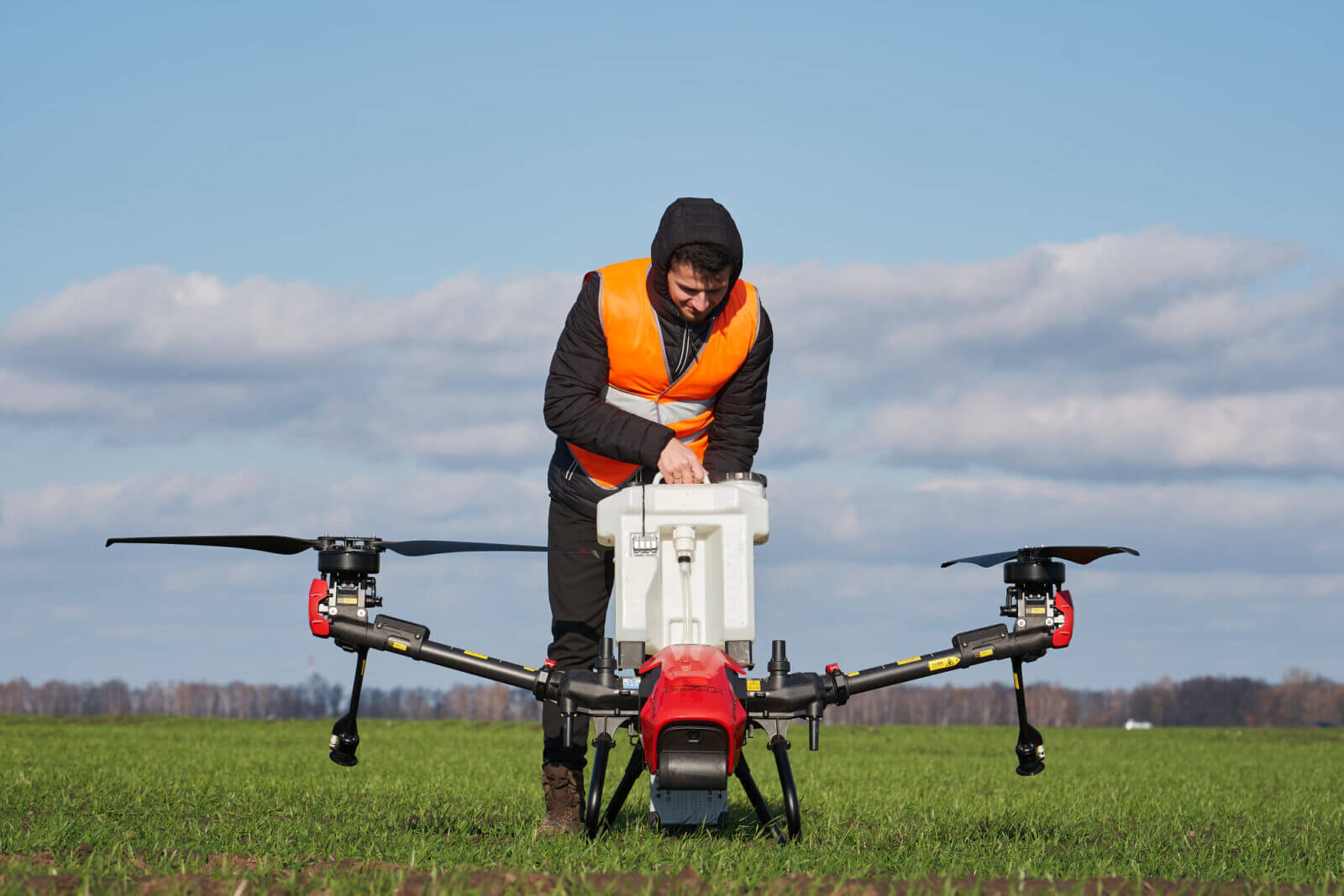Over the past 20 years, agriculture has changed dramatically. At this time, stable trends were formed that direct the vector of development and determine the future of the entire agricultural sector. In 2021, DroneUA continued to actively integrate a number of ecosystem solutions of the XAG brand. At the beginning of 2020, the Ukrainian market has become a world leader in the intensity of integration of drones in agriculture, and the market will only grow in the next 4-5 years. This is facilitated not only by internal processes, but also by global trends. Below are 5 key factors why the future of the agricultural sector depends on robotic ecosystem solutions.

1. The added value of agriculture increased by 73% in 20 years.
According to the statistics of the Food and Agriculture Organization of the United Nations, since 2000, the global added value of agriculture has increased by $1.5 trillion, which is a 73% increase and indicates an extremely rapid development of the industry.
2. The number of agricultural workers decreased by almost 20%.
If in 2000, 874 million people were employed in agriculture, then as of 2021 this figure was already 701 million people. The population is migrating en masse to the cities, so the labor shortage is a particularly urgent problem in rural regions.
3. Record growth in the production of the main agricultural crops.
Over the last two decades, the total production of the world's main crops (cereals, sugar, oil crops, vegetables and fruits) has increased by 53%. Agricultural technologies and robotic ecosystems play an important role in productivity growth.

4. At least 10% of the world's population suffers from malnutrition.
Despite the rapid growth in the production of agricultural crops, the number of people who are insufficiently supplied with food is also increasing. And with the advent of the pandemic, the problems with food supply are only growing.
5. The market value of precision agriculture will only grow.
According to experts' forecasts, in the next five years the market of precision agriculture using remote data will grow at least twice — from $5.5 to $12.84 billion.
Artificial intelligence technologies and robotic solutions are shaping radically different approaches to conducting agribusiness. Man is included in this system as the creator of the symbiosis of high technologies and living nature, which as a result guarantees the conscious use of resources and the chance to preserve the planet for future generations.







